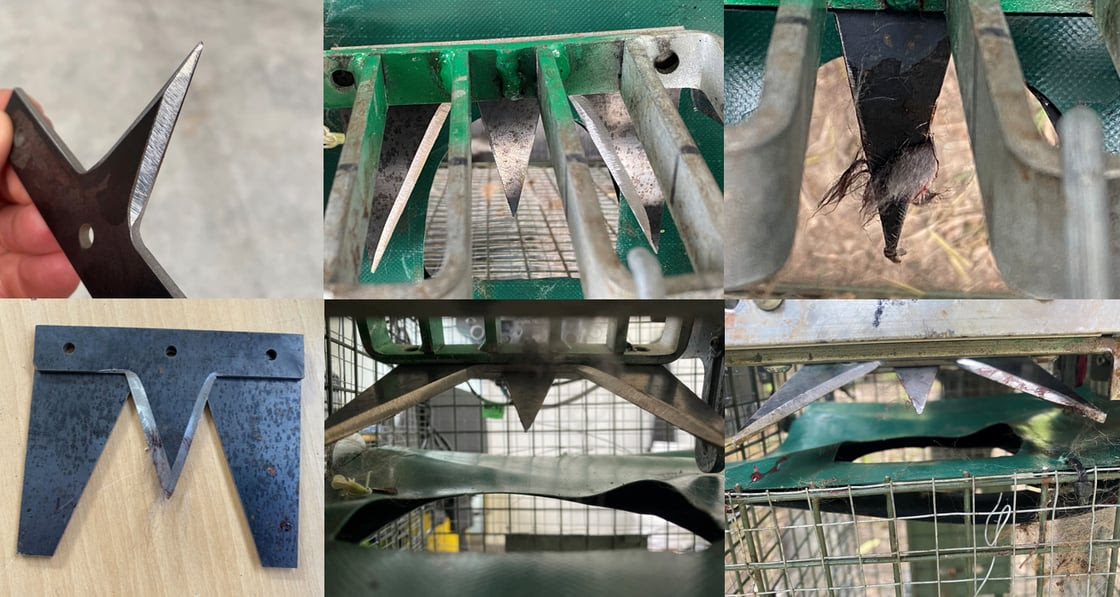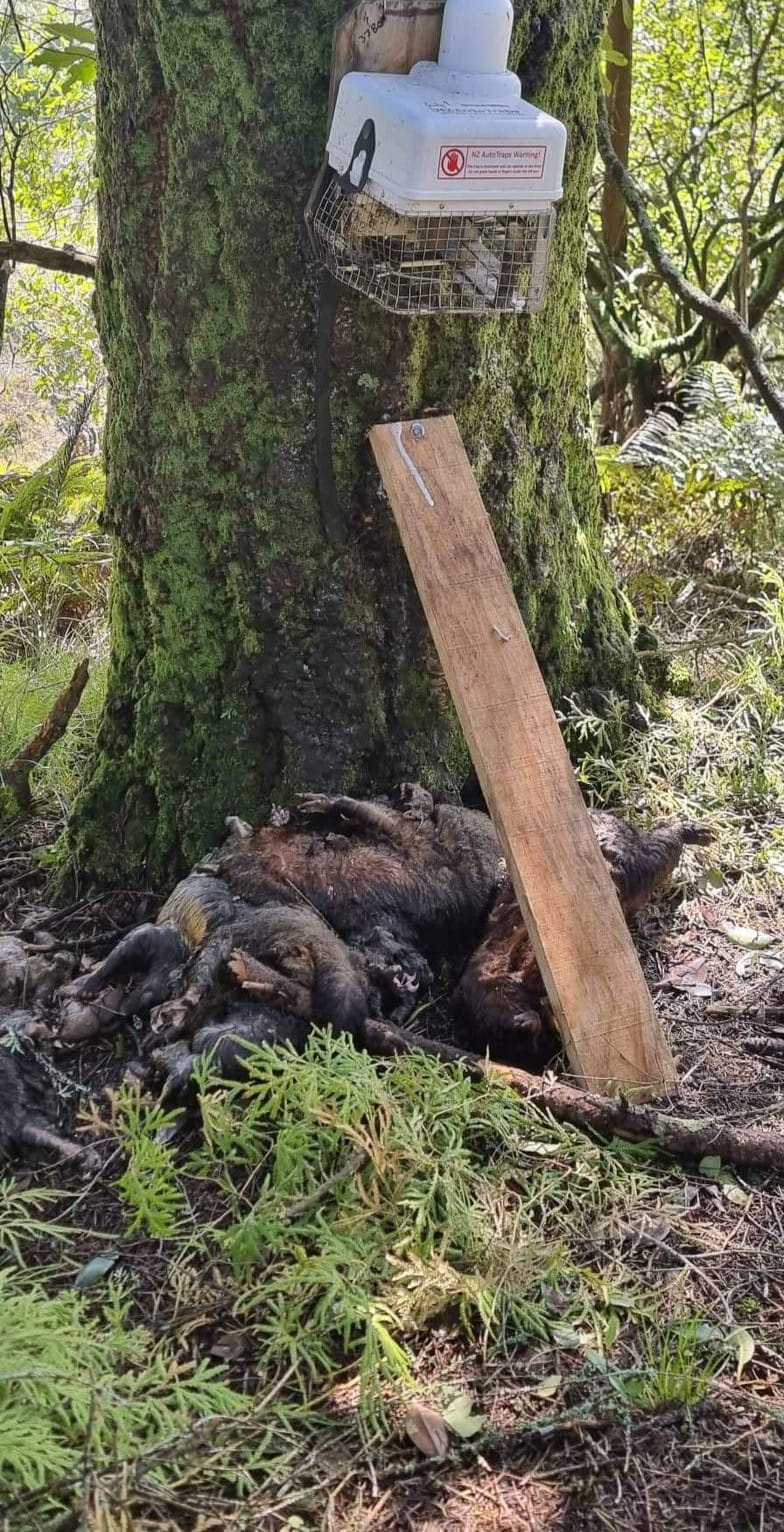Thermal cameras, bird monitors and trap updates
|
Kia ora, Welcome to spring and te wiki o te reo Māori. I'm currently learning te reo Māori at Te Wānanga o Aotearoa (level 2) and am loving it. I encourage any of you considering this to give it a go. We have some exciting updates to share with you in this newsletter, across all of our product range, including:
We have been in the news with articles from Predator Free NZ about the history and goals of The Cacophony Project and about using AI to reach the Predator Free 2050 goal, along with a video journalism project about Predator Free 2050. In other industry news, it's been great to see the progress NZ Auto traps are making. I recommend reading the AT220 Field Trial report from the Bay of Islands. It's great to see images of dead possums like the one below which emphasise the importance of scent trails. Finally I'd like to thank the organisers of the SONZi conference which I had the pleasure of attending in Nelson last month. It was fantastic to hear about the great work that is happening around the NZ sanctuaries and to meet everyone. Kā mihi nui, |
Thermal camera updatesResearch, improvements and the sale continues.The following research published about our thermal cameras over the past few months:
We've continued to make software improvements to the cameras:
|
Station picture example |
Bird monitor updatesSoftware updates. Bird taggers wanted.We have made some updates to our bird monitor software.
We are still looking for people willing to tag bird recordings. This will help us automatically identify these birds. Please contact us if you are interested in doing this. |
Trap updateThe Cacophony Project has received funding from Predator Free 2050 to fund further development of our trap. This includes an automated reset, intelligent trigger and an auto-kill mechanism. The Cacophony Project have been testing the 2nd version of their automated reset mechanism in the field. They call this the spool trigger. This is lighter, smaller and cheaper to manufacture than our previous, trigger mechanism. They have done a reasonable about of testing for durability and more recently have been confirming that the mechanism is fast enough to catch predators. Last week the trap caught a couple of cats and a possum. Yay! The Cacophony Project recently published a summary of their research into intelligent triggers for the trap. They are currently testing IR cameras mounted inside the trap. A recent experiment using a thermal camera (outside of the trap) to activate the trap when a target was identified failed because the predators were coming from the side of the trap where they were too far away to identify reliably and the computation may have been too slow. Having cameras inside the trap will help address the first of these problems and we are investigating more efficient algorithms to address the latter. For those interested, a random forest algorithm is showing some great promise, thanks to open source contributor Jamie Heather from Carbon Critical. The Cacophony Project have also been developing an auto kill mechanism. This has been really interesting. After capturing the animal we are able to create an environment where we can position them precisely. We've found that our self resetting DOC 250 won't kill a possum instantly. We have had more success with adding a spike to this and hitting the possum on the back of the neck (see the image below). The aim is to provide a mechanism that will kill all predators instantly and will be NAWAC approved. Finally, a quick update on 2 trials of our traps, both in the same region. DOC have been using 10 traps at Te Waihora. A recent article describes how their Cacophony traps have a 10x higher catch rates than traditional traps used in the same area. Predator Free Banks Peninsula have also been trialling 10 traps on Kaitorete, which has been inconclusive at best. The main reason for this has been a lack of target predators as detected by thermal cameras on each of the traps. They are planning to test the traps in a different location where target predators have been detected. We'll keep you up to date with the results of our development, as this continues. |
 |
Sign up to this newsletterHave you been forwarded this newsletter?Sign up here to receive this newsletter directly. We aim to send out one per month but often end up doing it less frequently because life gets in the way. |
|
2040 LTD, 213 Lichfield Street, Christchurch, Canterbury 8011, New Zealand, 021 360649 |



